Minimalism is about more than just design; it’s a lifestyle. A minimalist living room promotes calm and clarity, helping you focus on what truly matters. Let’s dive into these 15 practical ideas to create a serene, functional space.
1. Choose Neutral Colors
Neutral shades like white, beige, and gray form the foundation of minimalist design. They create a sense of calm and make the space feel airy and open. Neutral colors are versatile, blending seamlessly with furniture and decor. Accents like black or muted pastels can add depth without overpowering the look.
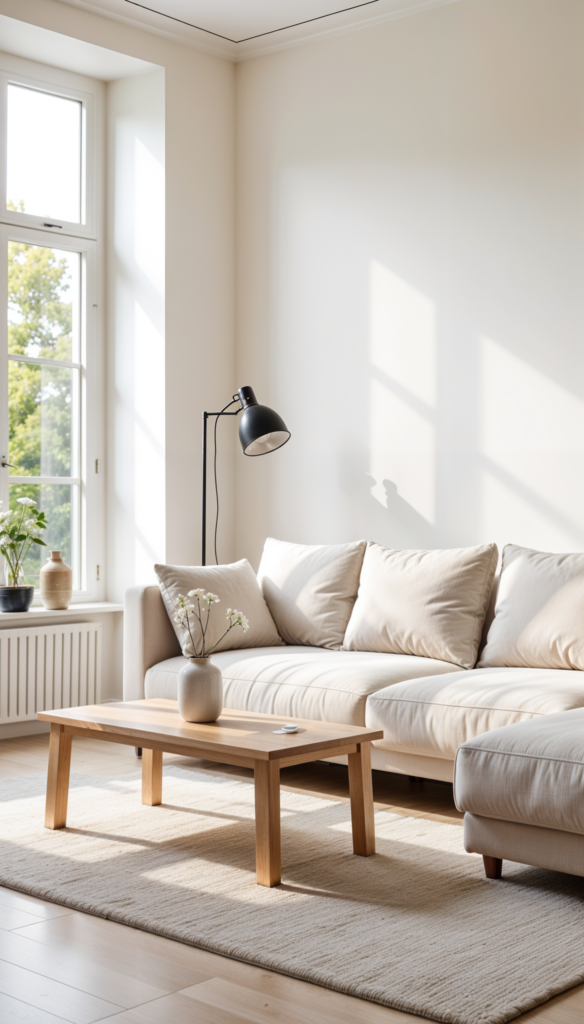
2. Declutter the Space
Clutter disrupts peace. Start by removing unused or unnecessary items. Minimalist living rooms thrive on clear surfaces and open spaces. Only display essentials or meaningful decor. Storage solutions like baskets or cabinets can help hide items you need but don’t use daily.
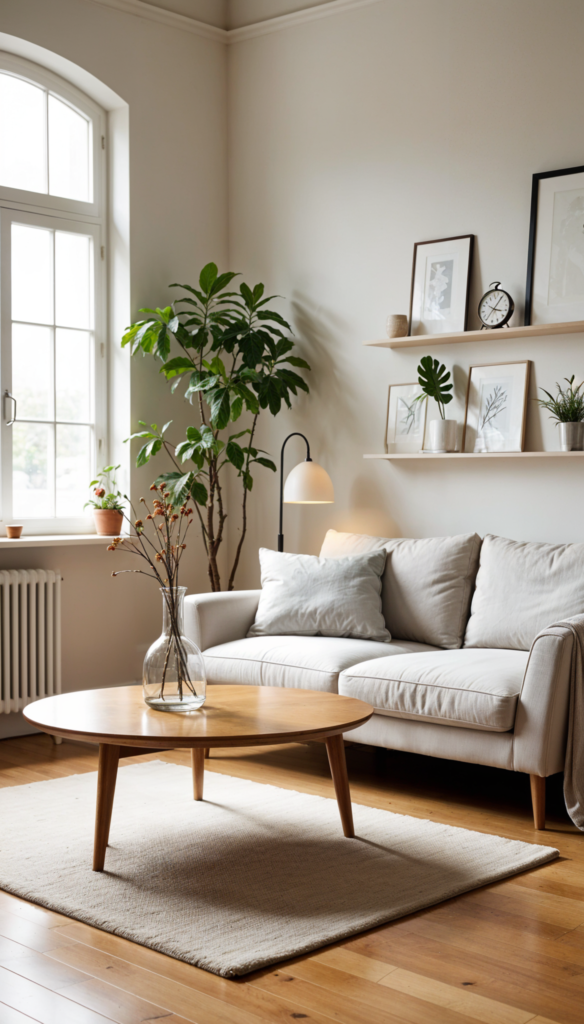
3. Invest in Multi-Functional Furniture
Furniture that serves more than one purpose is key. Examples include sofas with hidden compartments, coffee tables that double as storage, or wall-mounted desks that save space. Multi-functional pieces reduce clutter while maximizing utility, making them perfect for minimalist living.
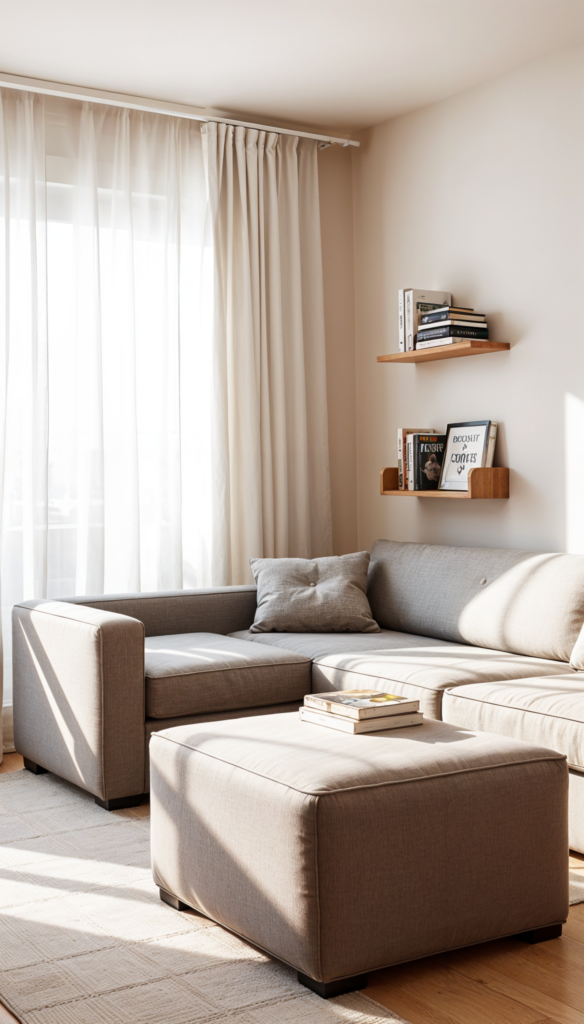
4. Use Natural Light
Natural light enhances minimalism. It brightens the room and highlights the beauty of simple designs. If large windows aren’t an option, use mirrors to reflect light and make the space appear larger. Light fabrics like linen work well for sheer curtains, letting sunlight in while maintaining privacy. Cozy up your space: This article also will give you more ideas. So read it and implement as far you like the ideas.
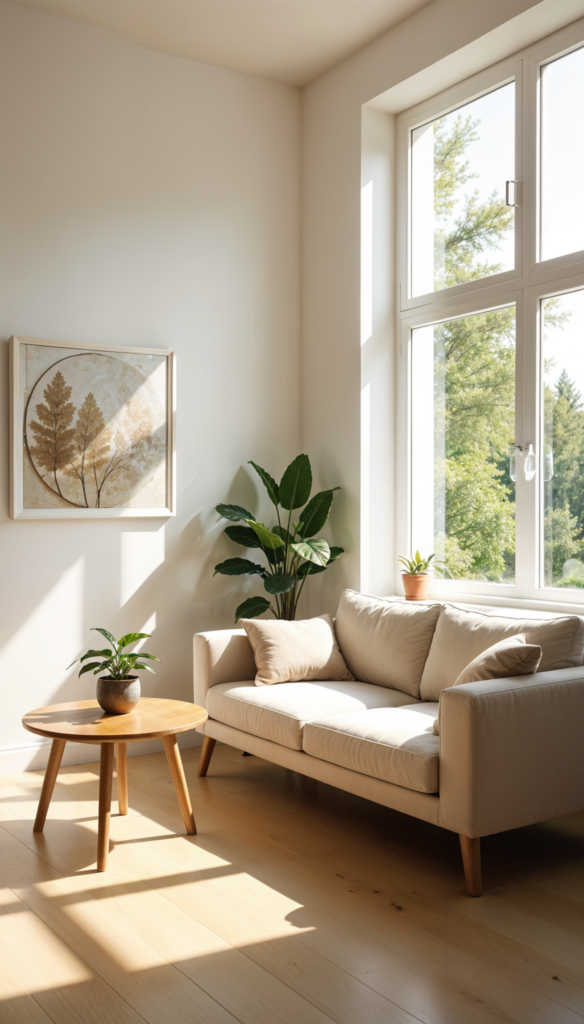
5. Limit Wall Decor
Too many decorations make walls feel crowded. Opt for one large, eye-catching piece, like a framed painting or a mirror. This approach maintains a clean, elegant look while giving the room a focal point. Blank spaces on walls can also serve as intentional design elements.
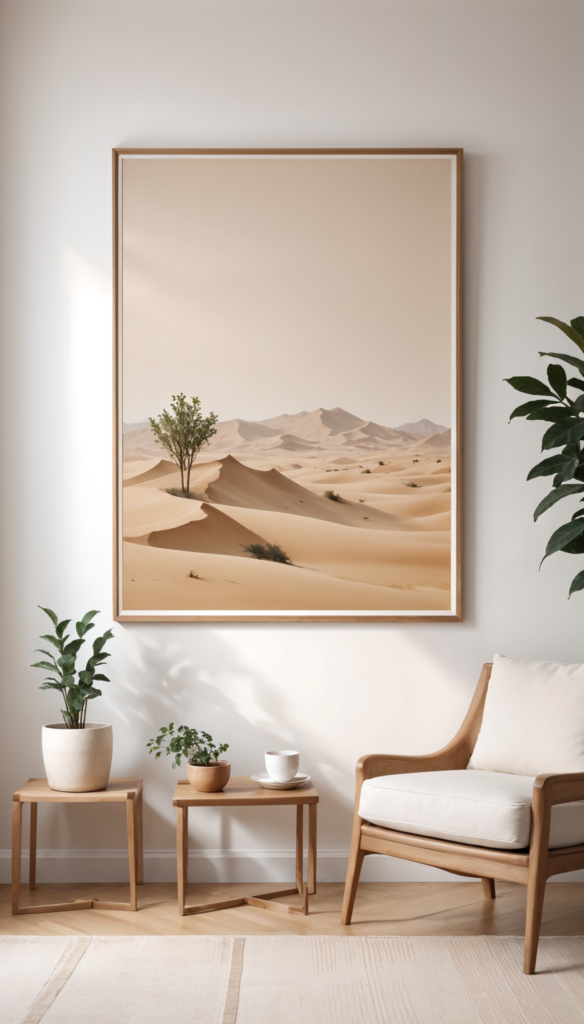
6. Choose Simple Furniture Shapes
Furniture with clean lines or soft, understated curves aligns with minimalist principles. Overly detailed or ornate pieces feel busy and out of place. Opt for rectangular or circular shapes in neutral tones. Simplicity in furniture design brings balance to the room.
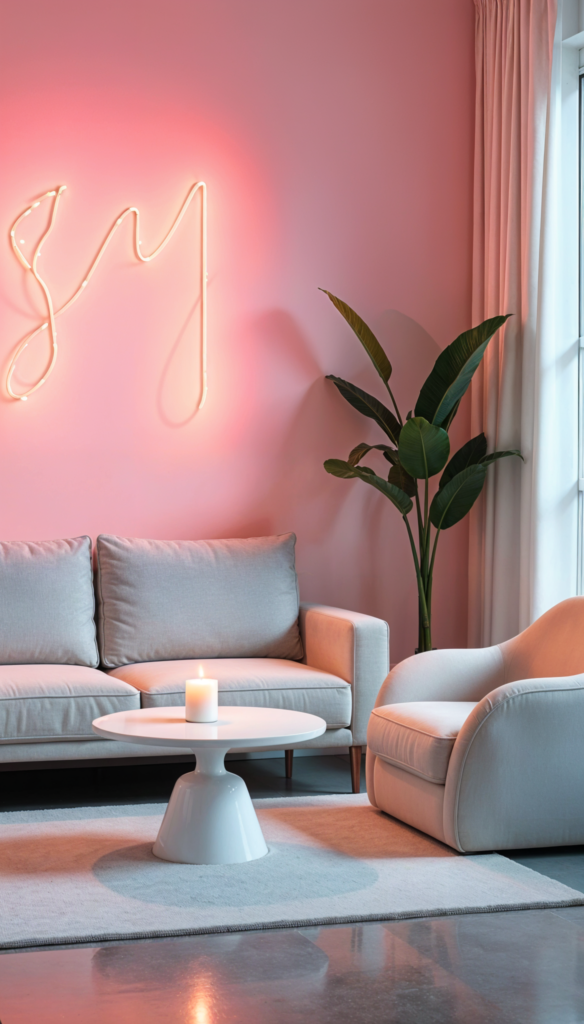
7. Add Greenery
Plants breathe life into minimalist spaces without adding clutter. Choose one or two indoor plants like succulents, snake plants, or peace lilies. Place them strategically to complement the room’s design. Avoid overloading the space with too many pots.
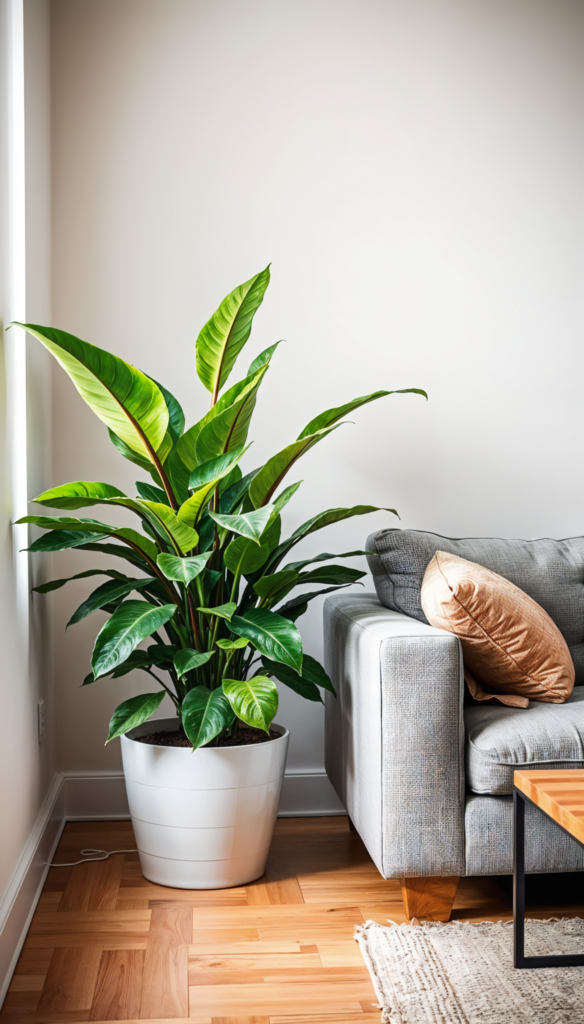
8. Choose Rugs Wisely
A well-chosen rug anchors the room. Stick to solid colors, subtle patterns, or textured designs in neutral tones. Rugs with loud designs or bright colors clash with the minimalist aesthetic. Size matters—ensure the rug complements the furniture layout.
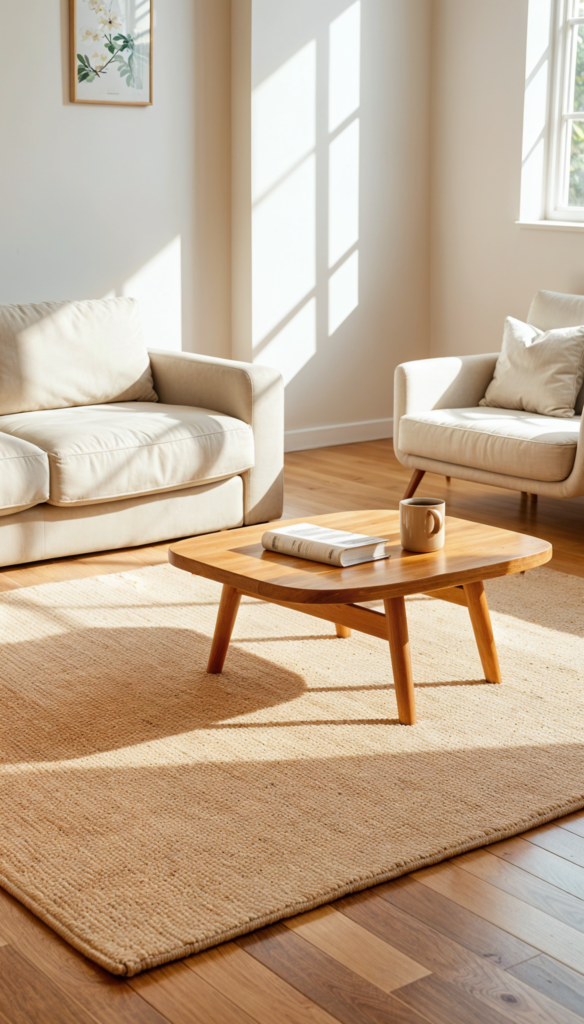
9. Hide Cables and Wires
Messy cables ruin a minimalist look. Use cable organizers, adhesive hooks, or furniture with built-in compartments to keep wires hidden. Wireless devices can also help reduce visible cords. Keeping electronics neat enhances the room’s clean appearance.
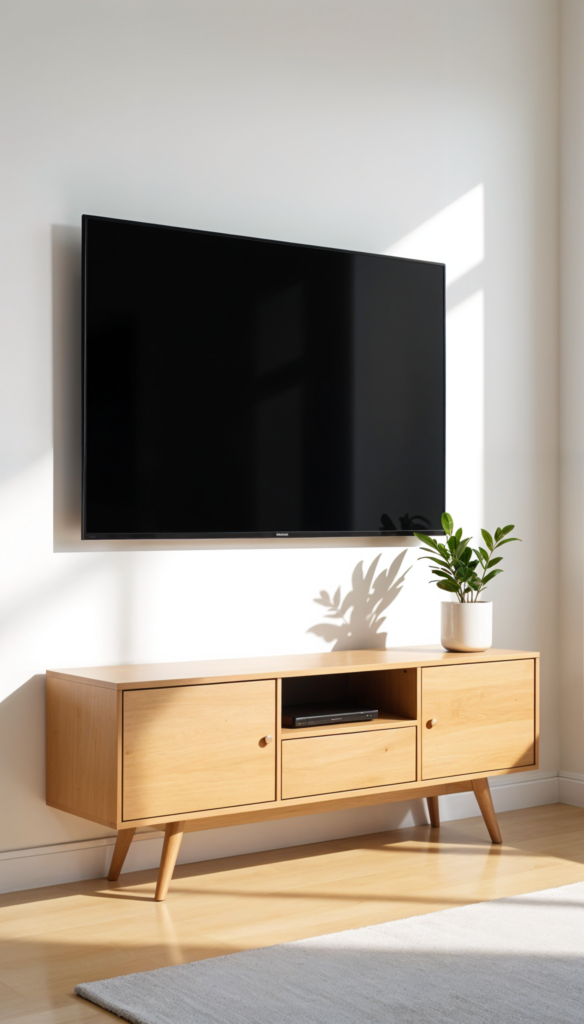
10. Incorporate Natural Materials
Natural materials add warmth to minimalist spaces. Wooden furniture, stone accents, and cotton or wool textiles create a welcoming vibe. These materials pair beautifully with neutral color schemes and simple designs, enhancing the overall harmony of the room.
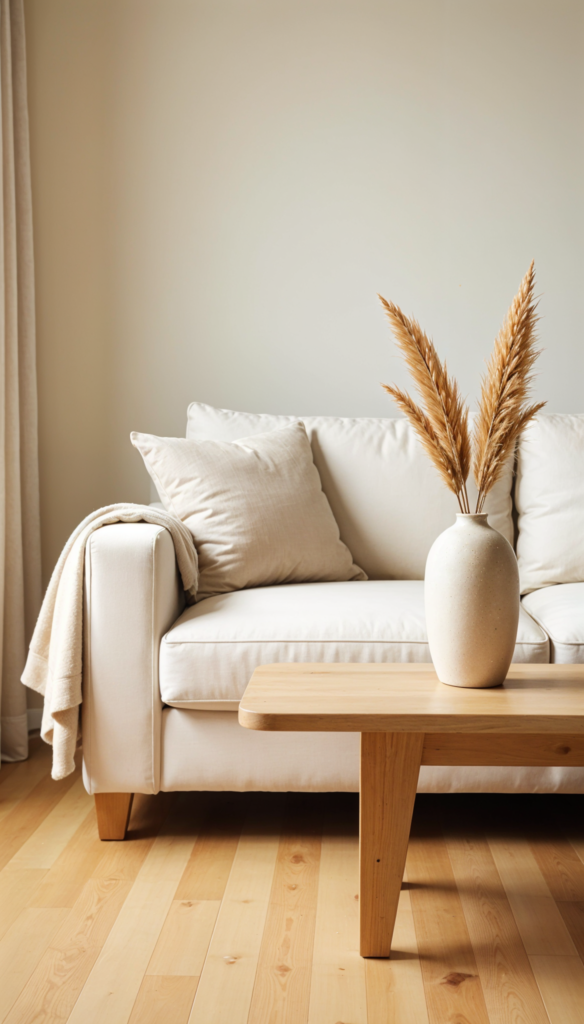
11. Pick a Single Focal Point
Every room needs a visual anchor. A fireplace, large window, or striking art piece can serve as the center of attention. Arrange furniture around this focal point to naturally guide the eye. This approach keeps the space organized and cohesive.
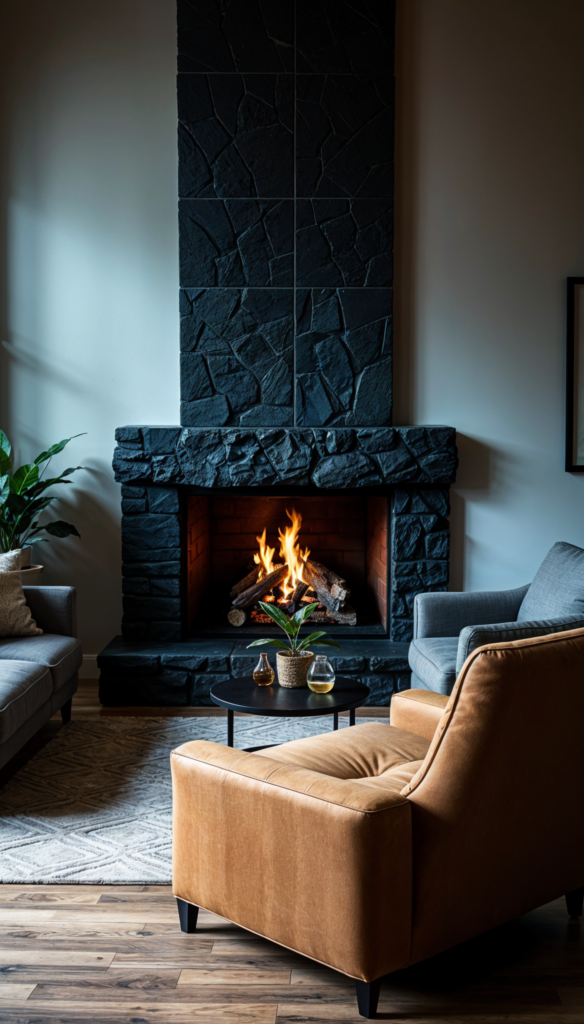
12. Use Open Shelving Sparingly
Open shelves are great for displaying a few curated items, such as books, vases, or framed photos. Avoid overcrowding them, as it can make the space look cluttered. Focus on quality over quantity to maintain a minimalist feel.
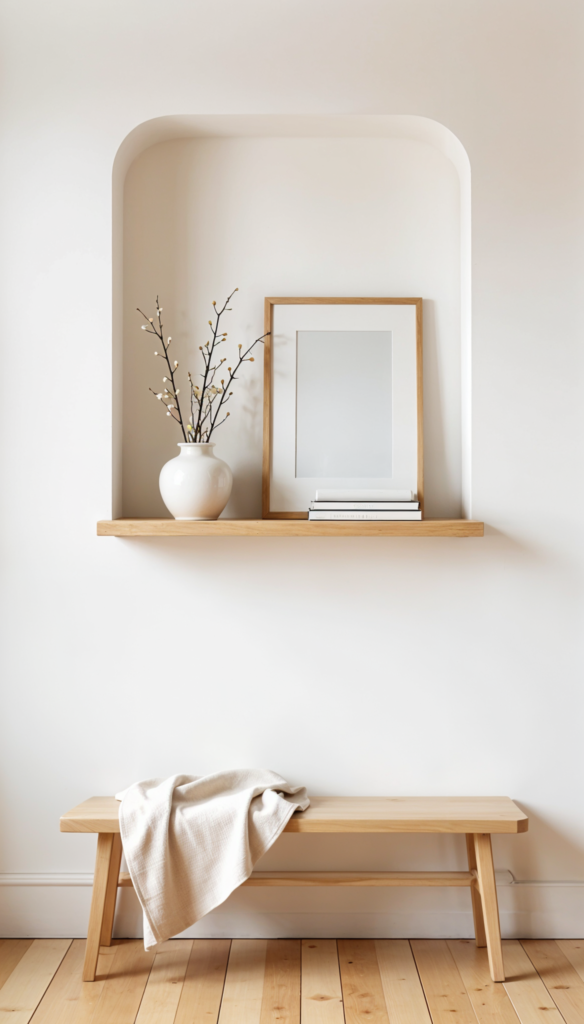
13. Embrace Negative Space
Negative space is just as important as filled space. Leaving some corners or surfaces empty creates a sense of openness. It allows the eye to rest and makes the room feel larger and more peaceful. Don’t feel pressured to fill every inch of space.
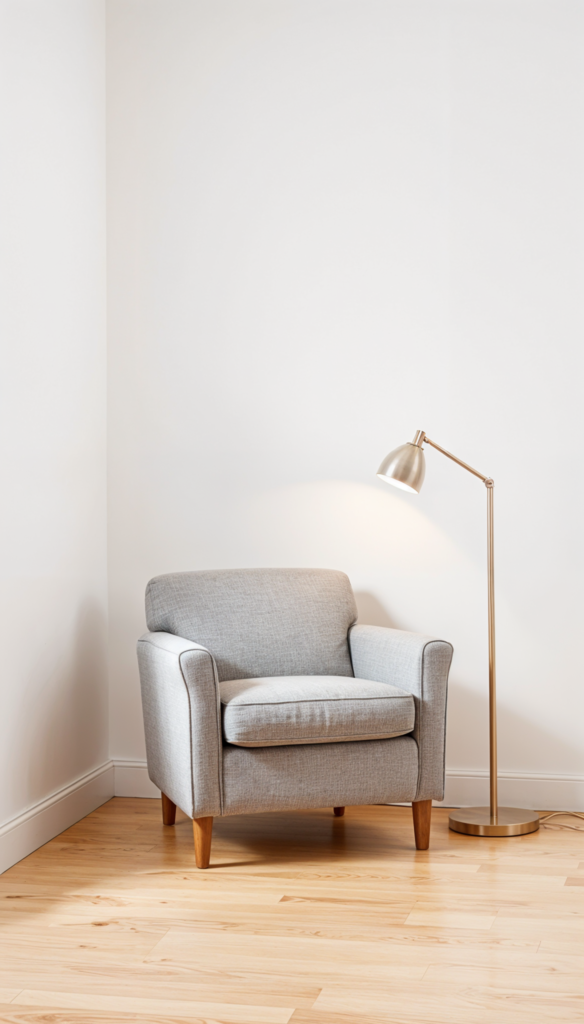
14. Add Subtle Textures
Textures prevent minimalist spaces from feeling flat. Choose cushions, throws, or curtains with understated patterns or tactile finishes. Materials like linen, wool, or jute add depth and interest without overwhelming the design.
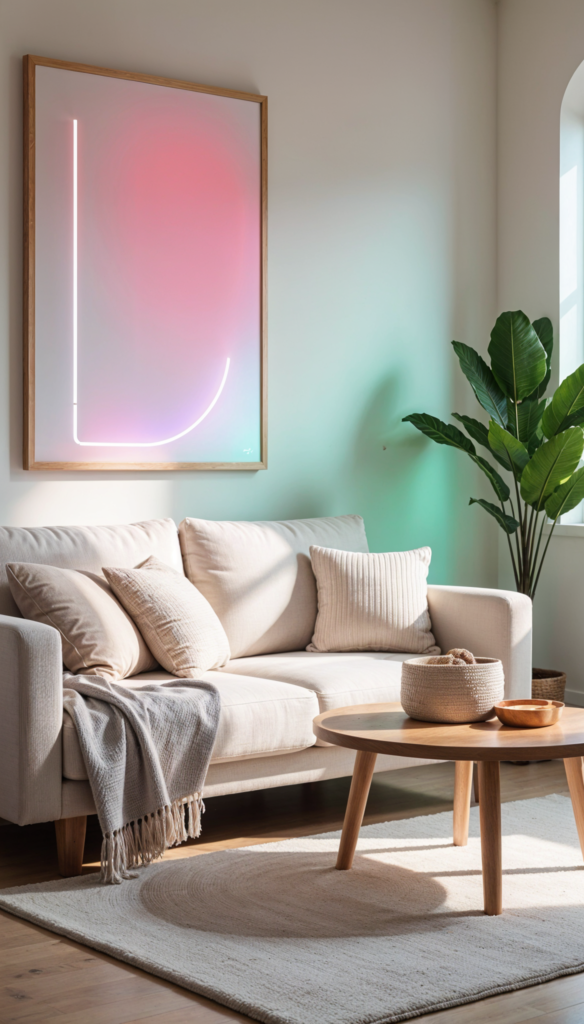
15. Keep It Consistent
A consistent theme ties the entire room together. Use matching colors, materials, and shapes throughout the space. Consistency ensures harmony and avoids visual chaos. A unified design creates a truly relaxing minimalist haven.
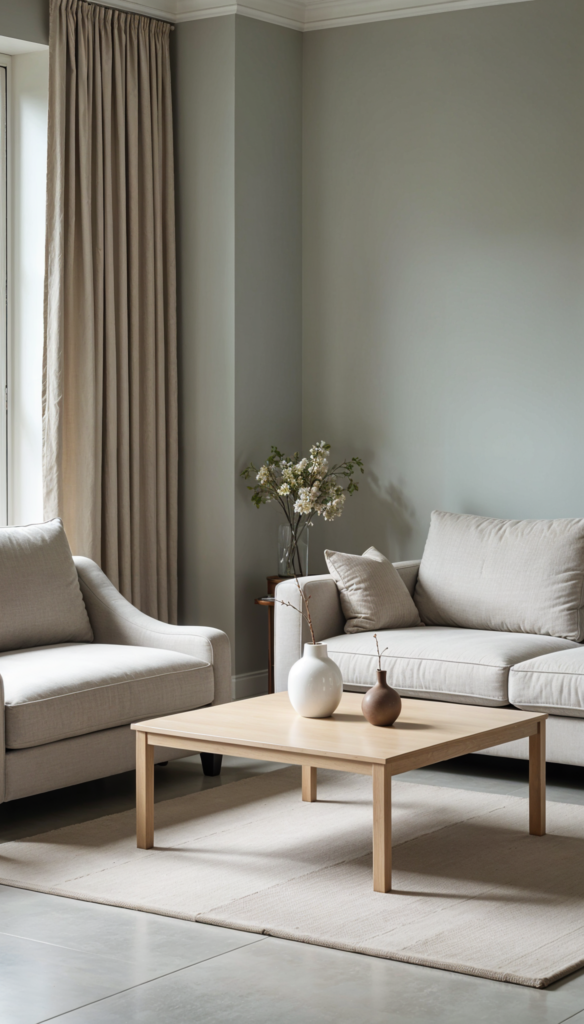
Minimalism is more than a design choice; it’s a way of living. With these ideas, you can create a space that feels calm, functional, and visually pleasing. Start small, focus on purpose, and let simplicity transform your living room.
